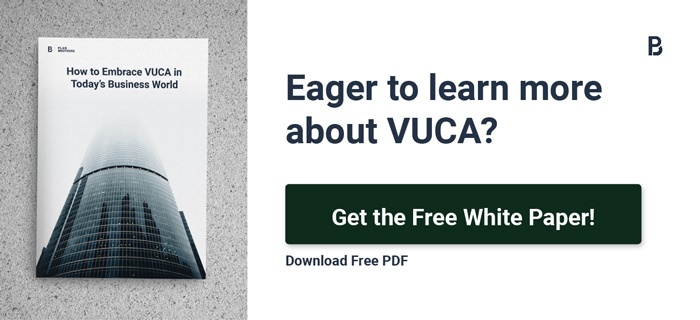The Problems of Decision Holding in Organizations
In the fast-paced landscape of modern organizations, the ability to make timely and effective decisions is paramount. However, the phenomenon of decision holding, where decisions are delayed, postponed, or outright avoided, can hinder an organization's growth, productivity, and innovation. In this blog, we delve into the intricate web of problems that decision holding can create within organizations and explore potential solutions to overcome this challenge.
The Anatomy of Decision Holding
Decision holding occurs when individuals or groups within an organization refrain from making crucial choices, often due to a variety of reasons. Some common underlying factors contributing to decision holding include:
-
Fear of Failure: One of the most significant barriers to timely decision-making is the fear of making the wrong choice. This fear can paralyze individuals and groups, leading to an inertia where no decision is made at all.
-
Hierarchy and Bureaucracy: Complex organizational structures and bureaucratic processes can impede decision-making by requiring numerous approvals, causing decisions to get stuck in the pipeline.
-
Lack of Clarity: If the objectives, goals, or consequences of a decision are unclear, individuals may hesitate to move forward, hoping for more information or clarity that may never materialize.
-
Personal and Interpersonal Dynamics: Personal rivalries, power struggles, and interpersonal conflicts can lead to a situation where decisions are held back in an attempt to gain an advantage or undermine others.
-
Overanalysis: Too much information or analysis paralysis can result in decisions being postponed indefinitely as individuals strive to gather more data or explore every possible outcome.
The Ripple Effects of Decision Holding
The problems stemming from decision holding can reverberate throughout an organization, causing a cascade of negative effects:
-
Stifled Innovation: Delayed decisions can hinder the implementation of innovative ideas, depriving the organization of opportunities to evolve and stay competitive.
-
Diminished Productivity: When decisions are held up, the entire workflow can slow down, leading to missed deadlines, frustrated employees, and a decline in overall productivity.
-
Missed Opportunities: The market landscape is constantly changing, and opportunities can be fleeting. Decision holding can lead to missed chances to capitalize on favorable conditions or emerging trends.
-
Employee Disengagement: Employees thrive when they see their contributions leading to meaningful outcomes. Repeated instances of decision holding can lead to disillusionment and disengagement among the workforce.
-
Resource Wastage: While decisions are pending, resources such as time, money, and effort may continue to be invested without a clear direction, leading to wastage.
Breaking Free from Decision Holding
Overcoming the problems of decision holding requires a proactive and multifaceted approach:
-
Clear Communication: Ensure that objectives, goals, and the rationale behind decisions are communicated clearly and transparently to all stakeholders, reducing uncertainty and fear.
-
Empowerment: Delegate decision-making authority appropriately, fostering a sense of ownership and accountability among team members.
-
Streamlined Processes: Evaluate and simplify decision-making processes, reducing unnecessary steps and approvals that can slow down the decision-making timeline.
-
Encourage Risk-Taking: Foster a culture where calculated risks are encouraged and failures are seen as opportunities for learning and growth.
-
Time-bound Decisions: Establish reasonable deadlines for decisions, preventing unnecessary delays and pushing individuals to prioritize and act.
Conclusion
Decision holding is a multifaceted challenge that can impede an organization's progress and potential. By addressing the underlying factors contributing to decision holding and implementing strategies that promote proactive decision-making, organizations can navigate this quagmire successfully. In an ever-evolving business landscape, the ability to make timely and effective decisions is not just an advantage but a necessity for sustained growth and success.
Start a free trial or contact us for more information.
Want to learn more about the subject? Download our VUCA white paper to learn more about how the operating environment is changing and why all organisations need to become more agile today rather than tomorrow:We are building the world's first operational involvement platform. Our mission is to make the process of finding, sharing, fixing and learning from issues and observations as easy as thinking about them and as rewarding as being remembered for them.
By doing this, we are making work more meaningful for all parties involved.
More information at falcony.io.

Related posts
What is Legge 231 and how it complies with Whistleblowing?
Legge 231, also known as the Italian Legislative Decree 231/2001, is an Italian law that addresses...
Spotlight focus: Becoming an ISO9001:2015 Mastermind
In the pursuit for better and more efficient quality management processes and stay in compliance...
What's preventing your organisation to learn from failures and mistakes?
In our last two blog posts, we discussed the reasons why learning from mistakes and failures...





